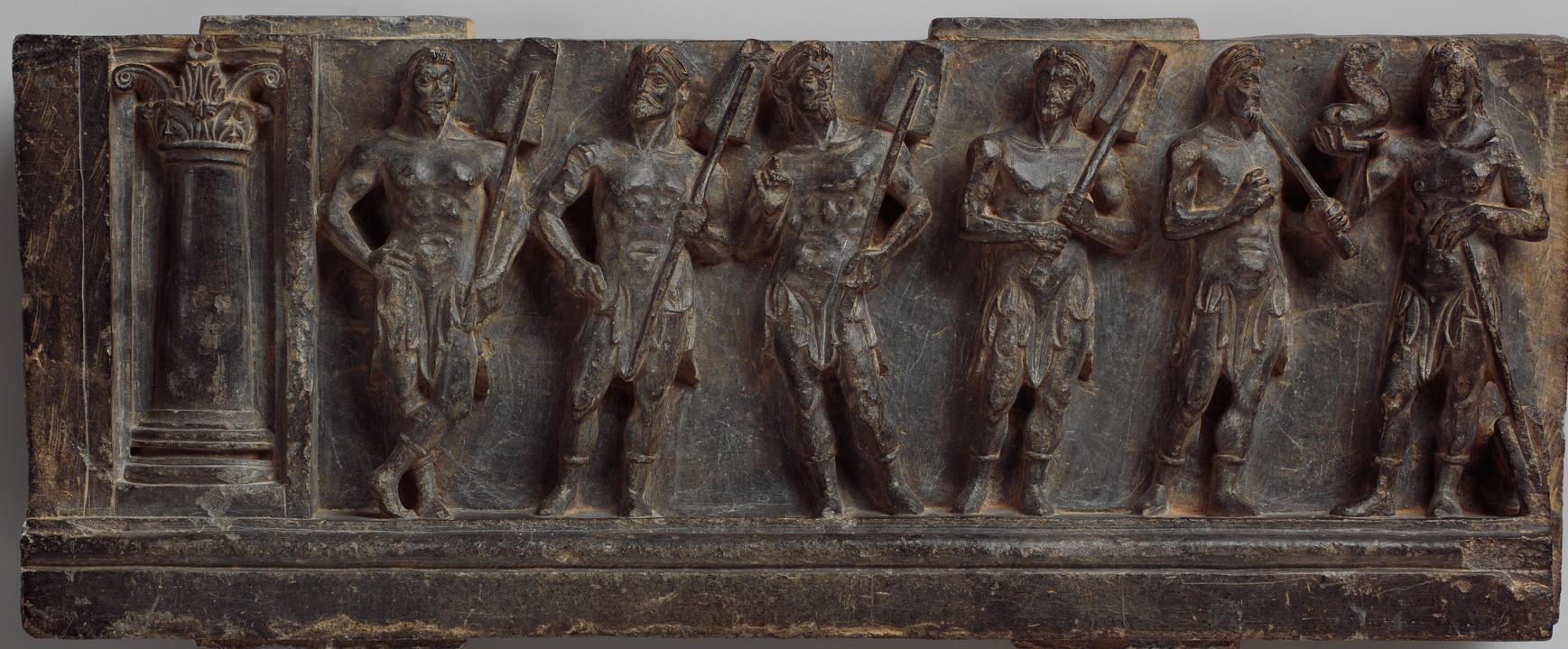Humans first sailed regularly upon the Indian Ocean roughly 5,000 years ago. They continued to brave the waves over millennia through coastal skips and open sailing with the monsoon winds. By the early centuries of the Common Era, the ocean supported a host of human activity, including individuals from the eastern Mediterranean, Arabian Peninsula, and Indian subcontinent. Despite its perils, maritime travel proved faster and more cost-effective than equivalent overland routes. This lecture dives into the waterways of the western Indian Ocean (e.g., the Red Sea, Persian Gulf, and Arabian Sea). We will follow not only the tracks of mariners braving the waves, but also the numerous items of Indian Ocean trade—spices, gems, coins, textiles—that whetted the demand of consumers well beyond their shores. A veritable diversity of evidence from the Mediterranean to the South China Sea, from textual sources to remains of Indian Ocean commodities and those who trafficked them, attest to a multidirectional, multicultural affair—an Afro-Eurasian world linked by the Monsoon Sea
Jeremy Simmons received his BA in Classical Languages and Near Eastern Studies from the University of California, Berkeley (2013) and his PhD in Classical Studies from Columbia University (2020). He is an ancient historian specializing in long-distance trade, particularly the maritime commerce conducted on the western Indian Ocean. His historical interests are inspired by a variety of related topics: the early Greek ethnographies imagining the mythical edge of the world; the rise of Buddhism in India and patronage at various monastic sites; the economic institutions and corporate structures of commerce operating from the Straits of Gibraltar to the Bay of Bengal; and the culmination of Indo-Mediterranean maritime trade in the early centuries of the Common Era. Jeremy incorporates a variety of Indic sources as a complement to Greek and Latin texts, as well as material evidence hailing from throughout the Indian Ocean littoral.
In his dissertation, Jeremy established a comparative view of the consumption of goods traded across the Indian Ocean in antiquity, addressing representative Mediterranean and Indian commodities in their new social and cultural contexts. Drawing on textual, archaeological, epigraphic, and numismatic evidence, his dissertation explores social and cultural impetuses prompting the demand for particular goods in the Mediterranean and India, changes in consumption patterns as a result of long-distance trade networks, and associations between imported goods and specific social groups or forms of exchange (such as gift exchange and religious donation). His publications range in subject from the larger impacts of the ancient pepper trade to ancient south Asian numismatics.
While at ISAW, Jeremy will continue to pursue his interdisciplinary research, with the hopes of expanding his use of digital tools to model the ebb and flow of transoceanic commerce in the longue durée. This work will build off previous research conducted thanks to fellowships from the American Institute of Indian Studies, the Social Science Research Council, and the American Academy in Rome. He will be starting as an assistant professor in ancient history at the University of Maryland, College Park this fall.



I am interested in this lecture because i visited Muziris in India where 2 Roman intaglios were found as well as a multitude of other trade items. It was on a Met Museum trip for temple Arts in S. India..Please register me. Thank you..Sara
I would like to register for this event. Is there a Zoom link?
I have registered you for the lecture. If you do not receive a confirmation, please let me know.
Peter Feinman
President
AIA Westchester Society
feinmanp@ihare.org
I would like to register for the event.